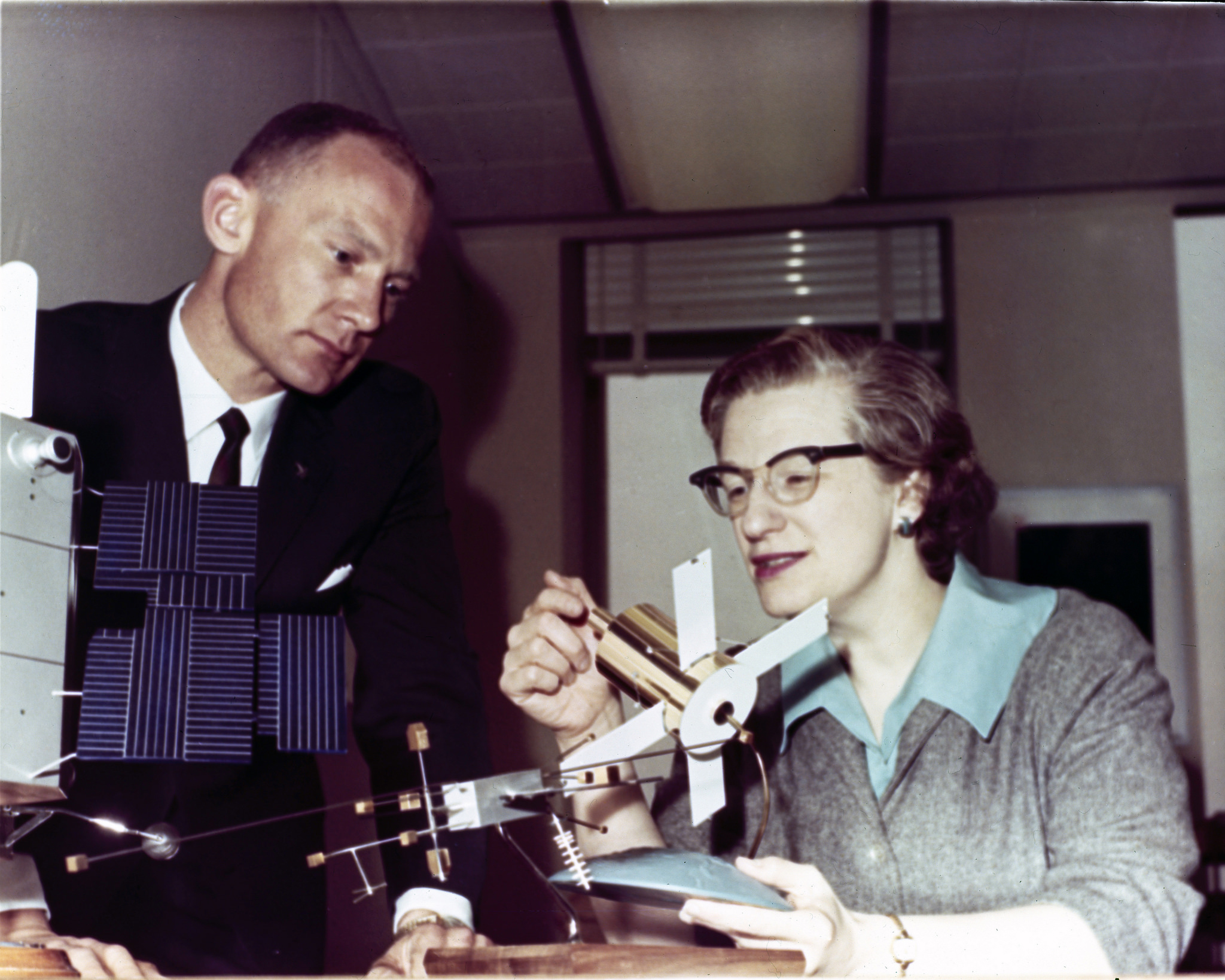NCCS Plays Crucial Roles in Preparing the
Nancy Grace Roman Space Telescope’s
Wide Field Instrument for Integration and Testing
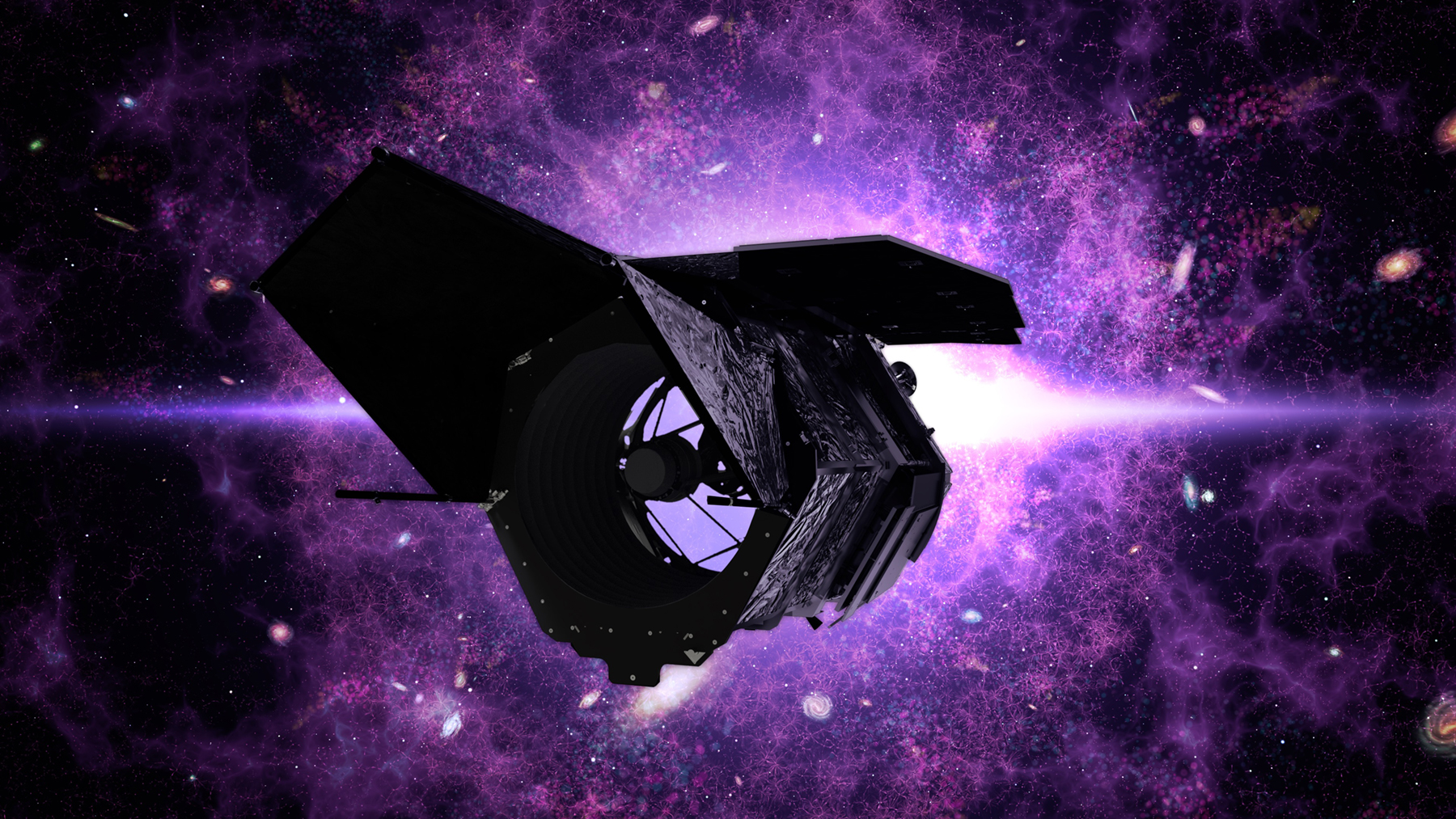
NASA’s Nancy Grace Roman Space Telescope is scheduled to launch no later than May 2027. Illustration by Michael Lentz, NASA Goddard Space Flight Center.
As the recently launched James Webb Space Telescope prepares for operations, the NASA Center for Climate Simulation (NCCS) continues playing critical roles in developing NASA’s next major space observatory — the Nancy Grace Roman Space Telescope.
Roman is targeting launch in the mid-2020s, with an announced launch date no later than May 2027. The telescope will focus on answering questions in the areas of dark energy, exoplanets, and infrared astrophysics.
NCCS resources are supporting the development of Roman’s primary instrument, the Wide Field Instrument (WFI). This 300-megapixel infrared camera will have a field of view about 200 times greater than the Hubble Space Telescope’s Wide Field Camera 3 (WFC3), allowing it to capture significantly more of the sky with less observing time.
This video shows a simulation of how Roman could expand on the Hubble Space Telescope’s iconic Ultra Deep Field image. While a similar Roman observation would be just as sharp as Hubble’s and see equally far back in time, it could reveal an area 300 times larger, offering a much broader view of the cosmos. Research by Nicole Drakos and Brant Robertson, University of California, Santa Cruz. Video by Scott Wiessinger, Ashley Balzer, Barb Mattson, and Claire Andreoli, NASA Goddard.
NASA flight missions follow a standard life cycle for research and development. After passing the critical design review on September 29, 2021, Roman engineers could begin Integration and Testing (I&T) of its instruments.
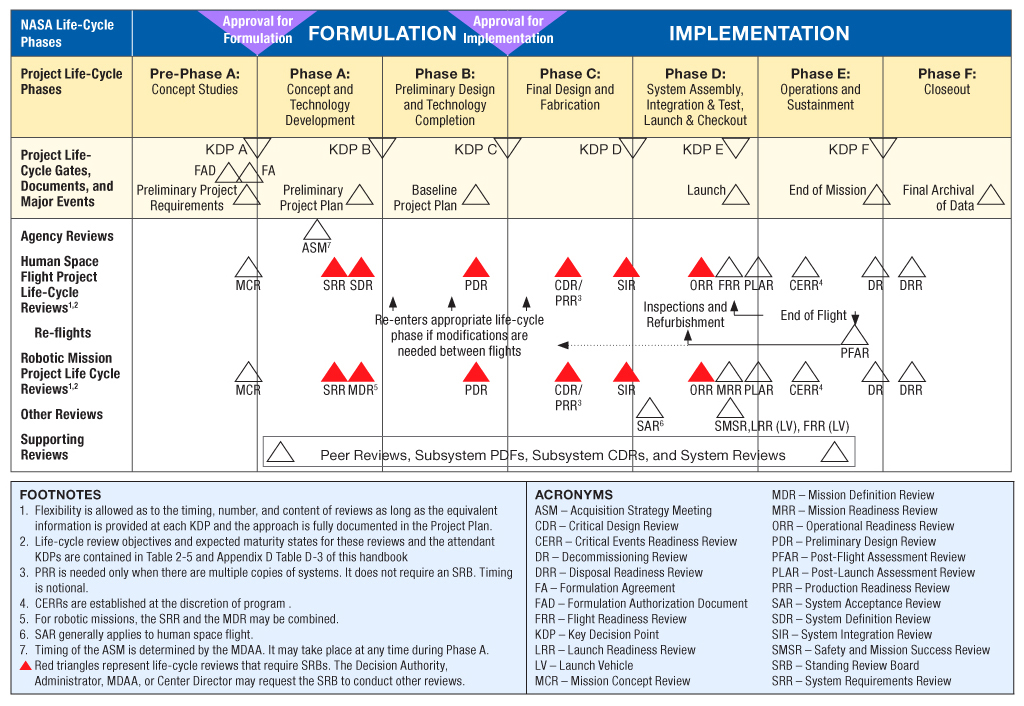
A diagram showing NASA’s full flight mission life cycle. Roman is currently undergoing Integration and Testing (I&T) as part of Phase D. View the diagram at full size.
WFI I&T challenges include 301-megapixel images that could produce up to 18 terabytes of data per day, yielding an expected pre-launch volume of 5 petabytes of raw data alone. With calibration, quality analysis reports, and science user projects, the project expects to store 10 petabytes total. “Handling and inspecting this amount of data before launch requires a new way of thinking about I&T data and moving from traditional manual inspection to more automated methods,” said Karin Blank, Roman WFI I&T Science Data Processing Lead, who works in the Software Engineering Division, Engineering and Technology Directorate, NASA Goddard Space Flight Center.
Blank said that her team’s primary interests are detecting instrument issues in I&T and providing access and computation to Roman scientists studying the I&T data. Enter the NCCS Explore/ADAPT Science Cloud and its Prism GPU cluster, which are helping the WFI I&T Science Data Processing group meet several goals:
- Generating user-level WFI I&T products
- Developing “Quicklook” tools for users to view and manipulate WFI data
- Developing “Deeplook” products that automatically inspect data and alert users to potential issues during I&T
- Providing I&T data access to users
Science Data Processing group members are currently using Explore/ADAPT to produce, test, and run their software as well as analyze 200 terabytes of detector data from tests in NASA Goddard’s Detector Characterization Laboratory residing on the system. Researchers are leveraging Slurm (an open-source job scheduler for Linux) to batch process data, JupyterHub (a web-based interactive computing platform) to visualize data and analysis reports, and Prism to prototype machine learning problem detection methods.
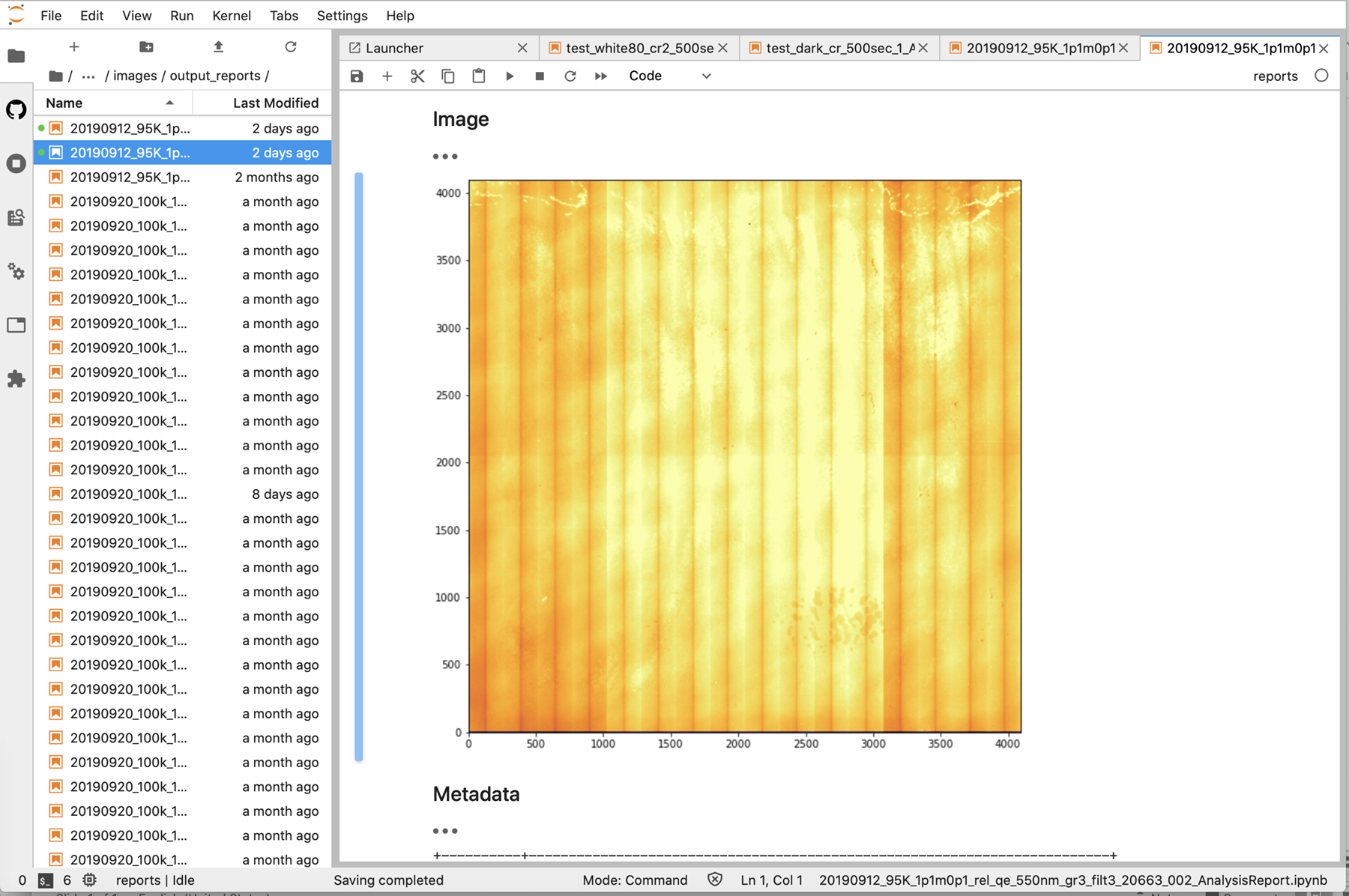
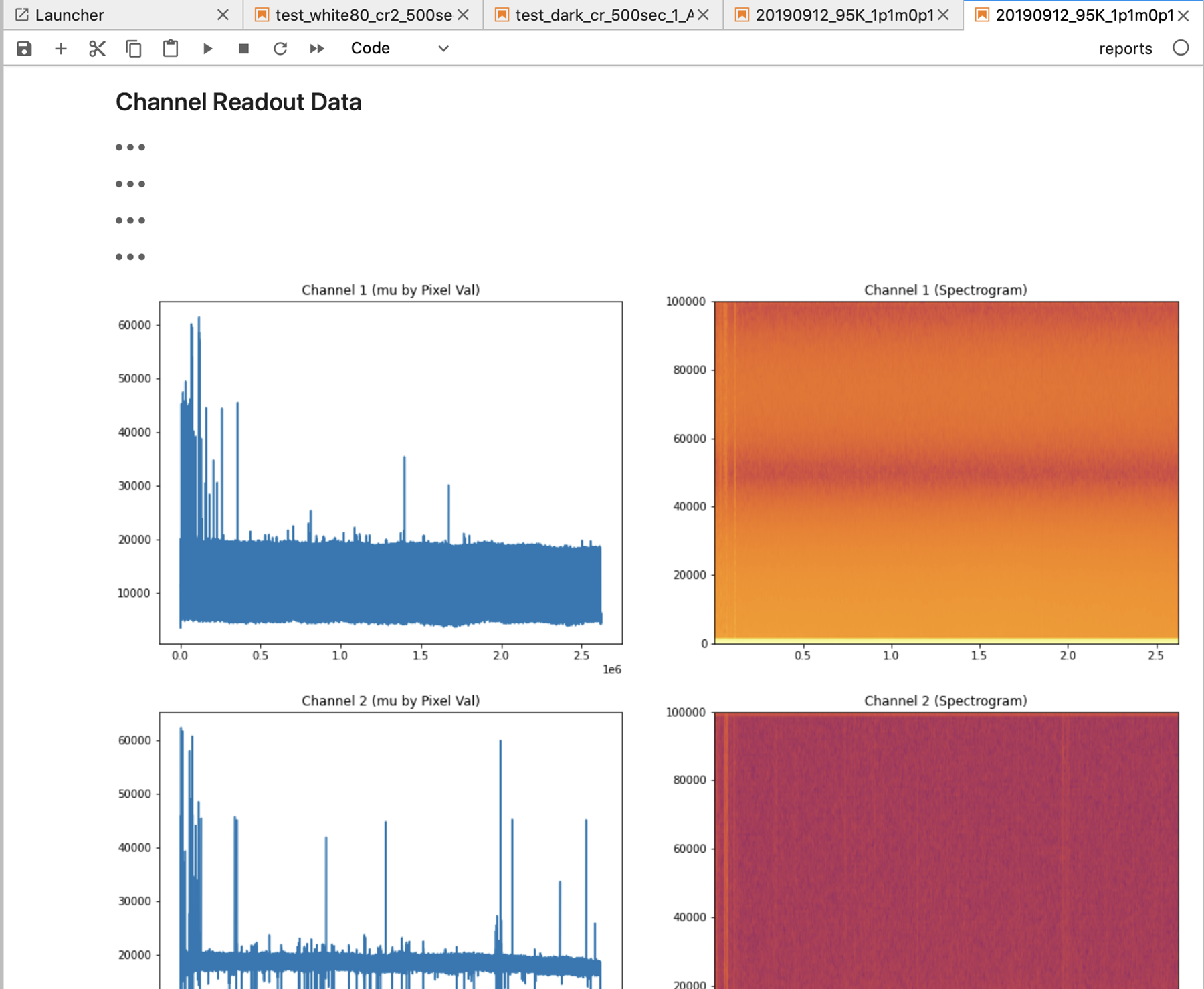
The NCCS Explore/ADAPT Science Cloud’s JupyterHub capability enables WFI I&T Science Data Processing group members to quickly visualize data and analysis reports.
“Because of our requirements for storage and data access to external partners, it would have been difficult and expensive to build our own setup,” Blank said. “We looked into private clouds as a possibility — they were six times the cost for storage alone.”
“It is pretty safe to say that without the NCCS our ability for users to have data and computational access would have been extremely limited,” she concluded.
Related Links
Jarrett Cohen, NASA Goddard Space Flight Center


